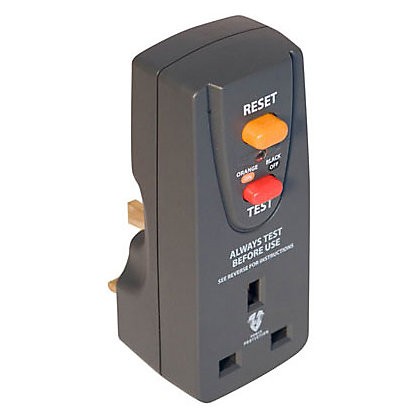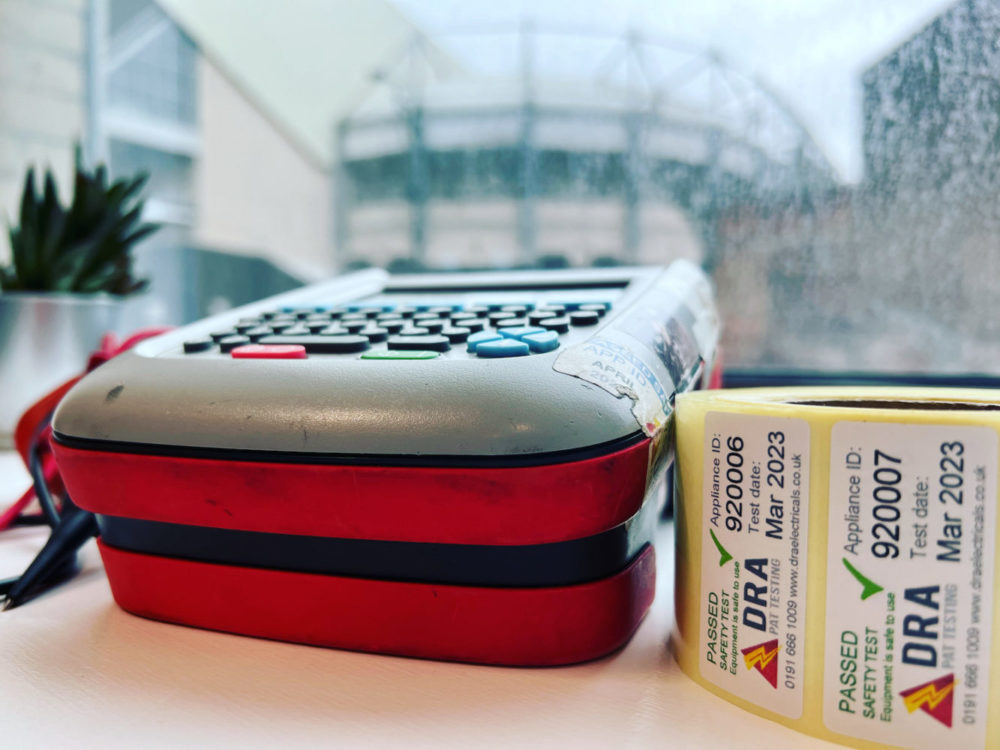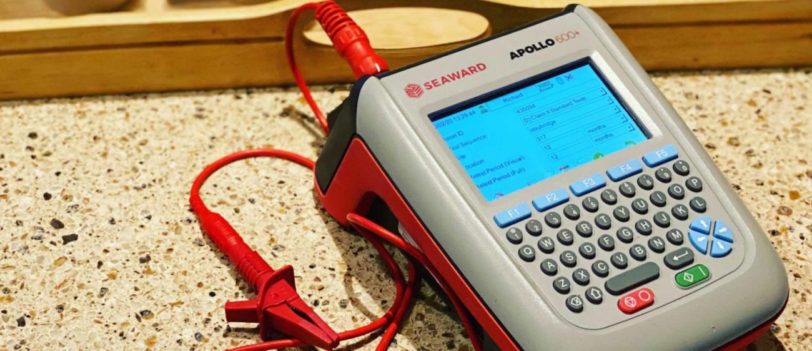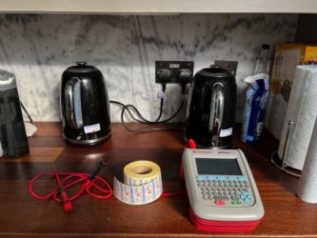 An RCD, or residual current device, is a life-saving device which is designed to prevent you from getting a fatal electric shock if you touch something live, such as a bare wire. It can also provide some protection against electrical fires.
An RCD, or residual current device, is a life-saving device which is designed to prevent you from getting a fatal electric shock if you touch something live, such as a bare wire. It can also provide some protection against electrical fires.
- In the event of a fault the RCD will switch off the electricity supply, protecting the user
- The RCD is designed to protect the user from the risk of electrocution and fires caused by earth faults.
e.g. if you cut through the cable while trimming the hedge, and accidentally touch the live wires, causing the electric current to flow to earth the RCD cuts the power.
3 Types of RCD
- A fixed RCD, installed in the consumer unit provides the highest level of protection as it protects all the wiring and the sockets on a circuit, and any connected appliances.
- Socket outlet RCDs are sockets with the RCD built in, although these tend to be quite rare
- A portable RCD would be plugged into the socket, then the appliance plugged in to it. (pictured)
Don’t forget to test RCD’s
You should test all fixed and socket RCDs about every three months. Manufacturers recommend that portable RCDs are tested every time you use them.
Examples of equipment recommended to be protected by a RCD
- Hand held electric power tools, such as drills, saws and similar equipment.
- Tools such as jack-hammers, electric lawn mowers.
- Equipment on construction sites.
- Equipment such as appliances which move while in operation, such as vacuum cleaners and floor polishers.
- Appliances in wet areas such as kitchens, including kettles, jugs, frying pans, portable urns, food mixers/blenders.
- Hand held appliances such as hair dryers, curling wands, electric knives etc.
- Cord extension leads.



